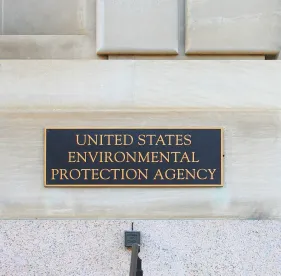On April 29, 2021, Administrator Michael Regan announced that EPA plans to add Natural Gas Processing (NGP) facilities to the list of industries subject to Toxics Release Inventory (TRI) reporting requirements. TRI requires facilities to report releases of toxic chemicals if the facilities’ manufacture, process, or other use of the chemicals exceed regulatory thresholds. TRI reports (Form Rs) must be filed annually on or before July 1 for the preceding calendar year. While the TRI program does not require facilities to acquire any new data, compliance requires a significant amount of analysis of existing facility records and data.
EPA first proposed the addition of NGP facilities on Jan. 6, 2017 (82 Fed. Reg. 1651), but the proposal languished during the Trump administration. The proposed rule describes NGPs as “stationary surface facilities that receive gas from a gathering system that supplies raw natural gas from many nearby wells.” 82 Fed. Reg. at 1653. The facilities separate natural gas liquids from raw natural gas and fractionate them or send them off-site for further processing. EPA has identified 517 such facilities (in the lower 48 states), and estimates that over half of them would meet TRI reporting thresholds. The final rule likely will impose TRI reporting requirements on all facilities in North American Industry Classification System (NAICS) code 211112 – Natural Gas Liquid Extraction. Some of these facilities are already subject to TRI requirements if they “primarily engage in sulfur recovery from natural gas.” 40 C.F.R. § 372.23(b).
If the rule is finalized in 2021, as expected, TRI requirements will begin to apply on Jan. 1, 2022 (Reporting Year 2022), and the first TRI reports will be due on July 1, 2023.



 />i
/>i

